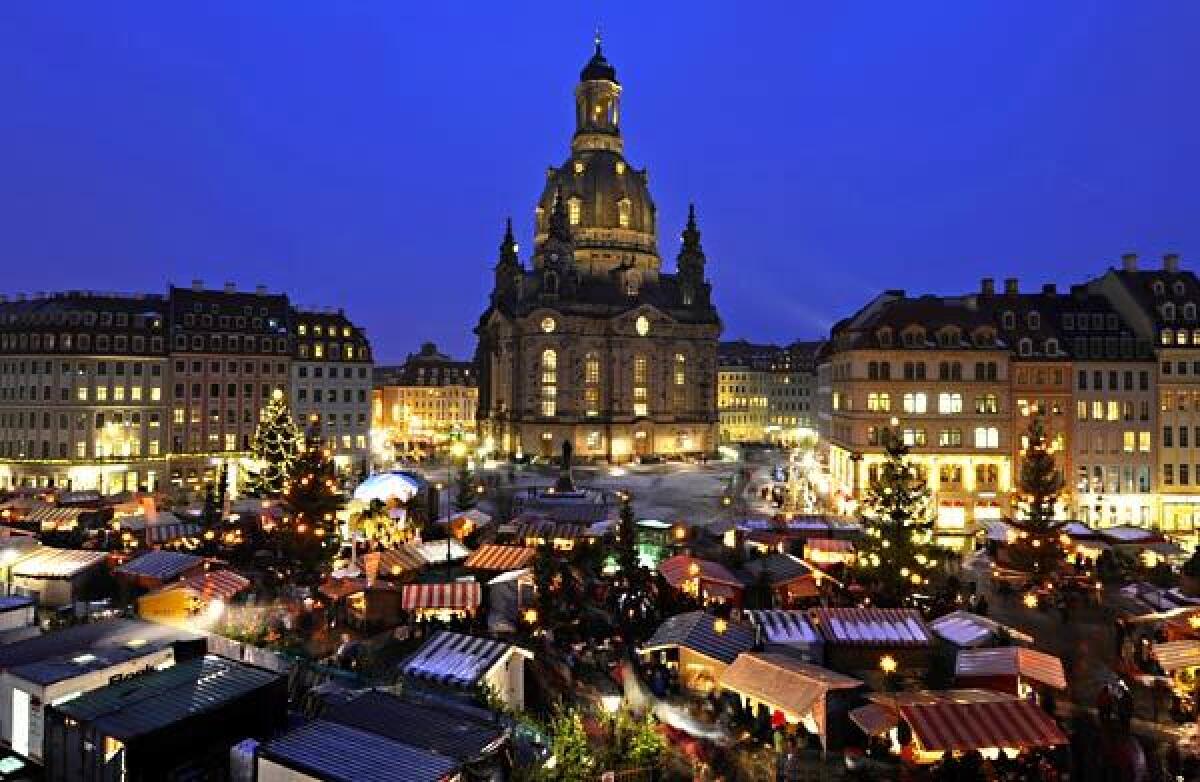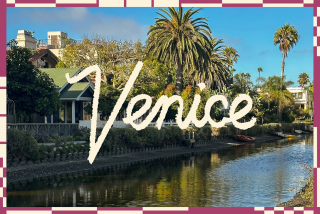Hot spots to travel in Europe in 2011

If you’re looking for the hot spots in Europe for 2011, consider these, which promise to be buzzing in the new year:
People who love the Italian countryside are always looking for new territory to explore. These days that means going south to Basilicata, a region of canyons, plateaus and lonely back roads in the stonily silent, sun-drenched Mezzogiorno. Long isolated and ignored, it is coming back to life, led by the rock-hewn hill town of Matera, whose ancient cave dwellings are filling with gourmet restaurants and boutique hotels.
Matera’s Old Town, wedged between the tufa stone-topped Murgia Timone plateau and deep gorge of the Gravina River, is a warren of alleyways leading to fascinating nooks and crannies such as the Byzantine era Church of Santa Lucia, Romanesque Duomo, Casa Grotta, a museum in a restored cave house like the ones occupied by Basilicatan peasants until World War II, and far more chic troglodytic quarters for sightseers in hotels such as the Sant’Angelo and Grotte Della Civita.
The nearby Archeological Park of Metaponto has 15 Doric columns marking the site of a Greek temple; beaches line a narrow strip of coast overlooking the Gulf of Taranto; and in the remote hamlet of Bernalda, film director Francis Ford Coppola and French designer Jacques Grange are readying the Palazzo Margherita, a hotel in a 19th century villa to open in the spring. Bernalda, about 25 miles south of Matera, is Coppola’s ancestral home.
Contemporary celebrities represent just the latest wave of civilization to pass through Basilicata. Greeks, Romans, Byzantines, the Norman rulers of Sicily and the Holy Roman Empire all left their marks in the art, architecture and peasant culture. But by the 20th century it was perhaps the poorest, most backward region of the country, abandoned by residents, ignored by the government, except during the fascist regime when it became a place of exile for political dissidents.
Info: https://www.italiantourism.com, https://www.aptbasilicata.it
Dresden remembers
The story of Dresden, Germany, one of Europe’s most beautiful cities, consumed in a firestorm of British and American bombs near the end of World War II, is always compelling. In 2004, the $300-million restoration of its landmark Lutheran cathedral — the beloved Baroque Frauenkirche, whose organ was tested in 1736 by Johann Sebastian Bach — brought it gloriously back to the world’s attention.
Since then visitors have converged on the city’s elegant River Elbe terraces, pleasure gardens and palaces, Old Masters Picture Gallery (with Raphael’s “Sistine Madonna”) and Semper Opera House. Dresden’s rise from the ashes is so complete that it’s now almost possible to visit without remembering the February night in 1945 when 25,000 people were killed and 80% of the city was leveled.
The opening in late 2011 of Dresden’s dramatically restored Military History Museum is widely anticipated, not least because it was designed by Daniel Libeskind, the American architect who created Berlin’s Jewish Museum and the master plan for the site of New York’s World Trade Center. The neoclassical arsenal building that houses the Dresden museum will be sliced from front to back by a stark, five-story glass and steel wedge meant to make palpable the violence of war. Critics also hope that its previously predictable collection of medals, uniforms and weapons will be ideologically reconfigured to sharpen visitors’ memories about the military’s role in German society and the World War II history of Dresden.
Info: https://www.cometogermany.com and https://www.dresden.de
Albi: French Gothic in red brick
In 2010, the city of Albi in south-central France was named a UNESCO World Heritage Site. Though hardly as well known as Carcassonne or Chartres, the modest town of about 50,000 in the Midi-Pyrénées has the largest conservation district in the country, all made of red brick in the Middle Ages.
Most of the historic district took shape in the wake of religious wars sparked by the rise of Catharism, a heretical sect deemed so dangerous that the pope and French monarchy joined forces to battle it, resulting in a grim crusade and inquisition. Beginning in the late 13th century, Albi’s landmarks arose were built to celebrate the eradication of Catharism and the supremacy of the Catholic Church.
The burnished brick gives the city its singular and soulful character, cladding its Tarn River terraces, 1,000-year-old bridge and austere Bishops’ Palace, now a museum dedicated to celebrated native son artist Henri de Toulouse-Lautrec. Most spectacularly, red brick sheaths the massive walls, buttresses and 255-foot bell tower of the Cathedral of Sainte-Cécile, a masterpiece of French southern Gothic architecture.
The city remains off main tourist routes in a beguiling countryside dotted by hill towns such as Cordes-sur-Ciel and Conques, with its pilgrimage church dedicated to St. Foy, the subject of “Little Saint,” a quiet travel classic by the late Hannah Green.
Info: https://www.franceguide.com, https://www.albi-tourisme.fr
More to Read
Sign up for The Wild
We’ll help you find the best places to hike, bike and run, as well as the perfect silent spots for meditation and yoga.
You may occasionally receive promotional content from the Los Angeles Times.






